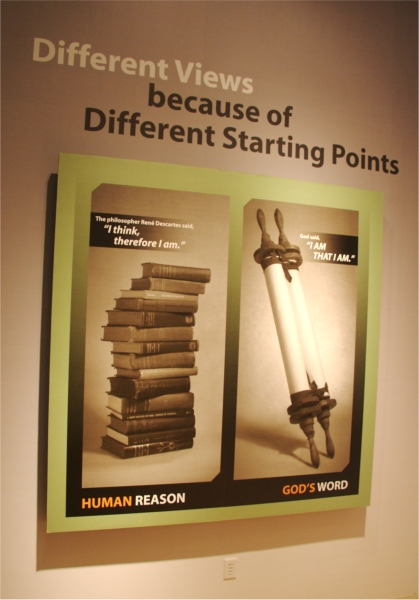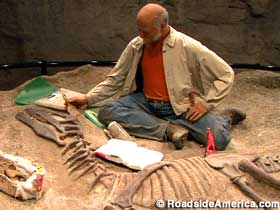Paul Christensen
Well-Known Member
- Mar 2, 2020
- 3,068
- 1,619
- 113
- 77
- Faith
- Christian
- Country
- New Zealand
To determine whether something is to use the scientific methodand if one brings no preconceived beliefs to the equation?
i think "assumptions" are decent enough beginnings...they become theories, etc?
do you know a better way to test everything, m christensen?
The steps of the scientific method go something like this:
- Make an observation or observations.
- Ask questions about the observations and gather information.
- Form a hypothesis — a tentative description of what's been observed, and make predictions based on that hypothesis.
- Test the hypothesis and predictions in an experiment that can be reproduced.
- Analyze the data and draw conclusions; accept or reject the hypothesis or modify the hypothesis if necessary.
- Reproduce the experiment until there are no discrepancies between observations and theory. "Replication of methods and results is my favorite step in the scientific method," Moshe Pritsker, a former post-doctoral researcher at Harvard Medical School and CEO of JoVE, told Live Science. "The reproducibility of published experiments is the foundation of science. No reproducibility – no science."
- The hypothesis must be testable and falsifiable, according to North Carolina State University. Falsifiable means that there must be a possible negative answer to the hypothesis.
- Research must involve deductive reasoning and inductive reasoning. Deductive reasoning is the process of using true premises to reach a logical true conclusion while inductive reasoning takes the opposite approach.
- An experiment should include a dependent variable (which does not change) and an independent variable (which does change).
- An experiment should include an experimental group and a control group. The control group is what the experimental group is compared against.



